当前位置:网站首页>How are the open source Netease cloud music API projects implemented?
How are the open source Netease cloud music API projects implemented?
2022-07-06 07:05:00 【Xiaolin on the corner】
Last article You deserve this high-value open-source third-party Netease cloud music player This paper introduces an open source third-party Netease cloud music player , In this article, let's have a detailed understanding of Netease cloud music api project NeteaseCloudMusicApi Implementation principle of .
NeteaseCloudMusicApi Use Node.js Development , There are two main frameworks and libraries , One Web Application development framework Express, A request Library Axios, You should be familiar with these two, but I don't want to introduce them more .
establish express application
The entry file of the project is /app.js:
async function start() {
require('./server').serveNcmApi({
checkVersion: true,
})
}
start()
Called /server.js Of documents serveNcmApi Method , Let's go to this file ,serveNcmApi The simplified method is as follows :
async function serveNcmApi(options) {
const port = Number(options.port || process.env.PORT || '3000')
const host = options.host || process.env.HOST || ''
const app = await consturctServer(options.moduleDefs)
const appExt = app
appExt.server = app.listen(port, host, () => {
console.log(`server running @ http://${
host ? host : 'localhost'}:${
port}`)
})
return appExt
}
It mainly starts listening to the specified port , So the main logic of creating applications is consturctServer Method :
async function consturctServer(moduleDefs) {
// Create an application
const app = express()
// Set to true, The client's IP The address is understood as X-Forwarded-* The leftmost entry in the header
app.set('trust proxy', true)
/** * To configure CORS & Pre inspection request */
app.use((req, res, next) => {
if (req.path !== '/' && !req.path.includes('.')) {
res.set({
'Access-Control-Allow-Credentials': true, // Cross domain , Allow the client to carry authentication information , such as cookie, meanwhile , The front end also needs to be set when sending requests withCredentials: true
'Access-Control-Allow-Origin': req.headers.origin || '*', // Domain names that allow cross domain requests , Set to * On behalf of allowing all domain names
'Access-Control-Allow-Headers': 'X-Requested-With,Content-Type', // Used for pre inspection request (options) List the allowed custom headers on the server , If the request sent by the front end contains a custom request header , And the header is not included in Access-Control-Allow-Headers in , Then the request cannot be successfully initiated
'Access-Control-Allow-Methods': 'PUT,POST,GET,DELETE,OPTIONS', // It is ideal to set the request method allowed by cross domain requests
'Content-Type': 'application/json; charset=utf-8', // Set the type and code of response data
})
}
// OPTIONS Request for pre inspection , Complex requests will send a pre check request before sending the real request , Get server support for Access-Control-Allow-xxx Related information , Determine whether it is necessary to send a real request later , Return status code 204 On behalf of the successful request , But there's no content
req.method === 'OPTIONS' ? res.status(204).end() : next()
})
// ...
}
First, I created a Express application , Then set it as a trust agent , stay Express get ip Usually by req.ip and req.ips,trust proxy The default value is false, In this case req.ips Value is empty , When set to true when ,req.ip The value of will start from the request header X-Forwarded-For Take the leftmost value ,req.ips Will contain X-Forwarded-For All of the head ip Address .
X-Forwarded-For The format of the header is as follows :
X-Forwarded-For: client1, proxy1, proxy2
Value through a comma + Space The multiple ip Address discrimination , The leftmost client1 Is the original client ip Address , Every time the proxy server successfully receives a request , Just put Source of the request ip Address Add to the right .
Take the example above , This request passed through two proxy servers :proxy1 and proxy2. Request by the client1 issue , here XFF It's empty. , here we are proxy1 when ,proxy1 hold client1 Add to XFF in , Then the request is sent to proxy2, adopt proxy2 When ,proxy1 Be added to XFF in , Then the request is sent to the final server , After arrival proxy2 Be added to XFF in .
But it's very easy to forge this field , So when contemporary reason is not believable , This field is not necessarily reliable , But normally XFF Last of ip The address must be the last proxy server ip Address , This will be more reliable .
Then set the cross domain response header , The setting here is the key to allowing websites with different domain names to request successfully .
continue :
async function consturctServer(moduleDefs) {
// ...
/** * analysis Cookie */
app.use((req, _, next) => {
req.cookies = {
}
//;(req.headers.cookie || '').split(/\s*;\s*/).forEach((pair) => { // Polynomial regular expression //
// Read from the request header cookie,cookie The format is :name=value;name2=value2..., So first according to ; Cut into arrays
;(req.headers.cookie || '').split(/;\s+|(?<!\s)\s+$/g).forEach((pair) => {
let crack = pair.indexOf('=')
// Skip directly without value
if (crack < 1 || crack == pair.length - 1) return
// take cookie Save to cookies On the object
req.cookies[decode(pair.slice(0, crack)).trim()] = decode(
pair.slice(crack + 1),
).trim()
})
next()
})
/** * Request body parsing and file upload processing */
app.use(express.json())
app.use(express.urlencoded({
extended: false }))
app.use(fileUpload())
/** * take public The files in the directory are provided as static files */
app.use(express.static(path.join(__dirname, 'public')))
/** * Cache request , Within two minutes, the same request will read data from the cache , Will not send requests to Netease cloud music server */
app.use(cache('2 minutes', (_, res) => res.statusCode === 200))
// ...
}
Next, I registered some middleware , Used to resolve cookie、 Processing request body, etc , In addition, interface caching is also done , Prevent too frequent requests for Netease cloud music servers from being blocked .
continue :
async function consturctServer(moduleDefs) {
// ...
/** * Special routing */
const special = {
'daily_signin.js': '/daily_signin',
'fm_trash.js': '/fm_trash',
'personal_fm.js': '/personal_fm',
}
/** * load /module All modules in the directory , Each module corresponds to an interface */
const moduleDefinitions =
moduleDefs ||
(await getModulesDefinitions(path.join(__dirname, 'module'), special))
// ...
}
Next, load /module All modules in the directory :
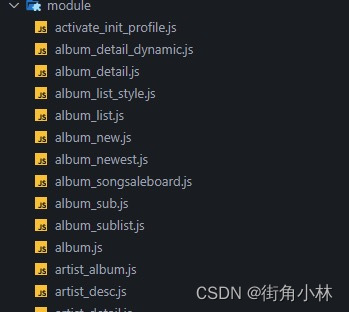
Each module represents a request for Netease cloud music interface , For example, get album details album_detail.js:
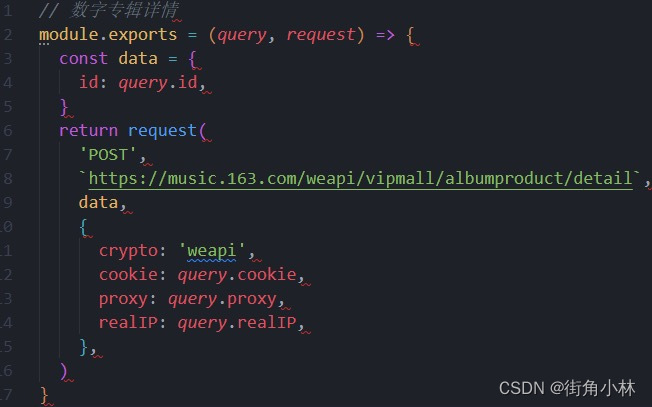
Module loading method getModulesDefinitions as follows :
async function getModulesDefinitions(
modulesPath, specificRoute, doRequire = true,
) {
const files = await fs.promises.readdir(modulesPath)
const parseRoute = (fileName) =>
specificRoute && fileName in specificRoute
? specificRoute[fileName]
: `/${
fileName.replace(/\.js$/i, '').replace(/_/g, '/')}`
// Traverse all the files in the directory
const modules = files
.reverse()
.filter((file) => file.endsWith('.js'))// Filter out js file
.map((file) => {
const identifier = file.split('.').shift()// Module identifier
const route = parseRoute(file)// The route corresponding to the module
const modulePath = path.join(modulesPath, file)// The module path
const module = doRequire ? require(modulePath) : modulePath// Load module
return {
identifier, route, module }
})
return modules
}
As just now album_detail.js Module as an example , The data returned is as follows :
{
identifier: 'album_detail',
route: '/album/detail',
module: () => {
/* Module content */}
}
The next step is to register routes :
async function consturctServer(moduleDefs) {
// ...
for (const moduleDef of moduleDefinitions) {
// Registered routing
app.use(moduleDef.route, async (req, res) => {
// cookie You can also query parameters 、 The request body is uploaded
;[req.query, req.body].forEach((item) => {
if (typeof item.cookie === 'string') {
// take cookie The string is converted to json type
item.cookie = cookieToJson(decode(item.cookie))
}
})
// hold cookie、 Query parameters 、 Request header 、 Documents are all integrated , Pass it to each module as a parameter
let query = Object.assign(
{
},
{
cookie: req.cookies },
req.query,
req.body,
req.files,
)
try {
// Execute the module method , That is, initiate a request for Netease cloud music interface
const moduleResponse = await moduleDef.module(query, (...params) => {
// Parameter injection client IP
const obj = [...params]
// Handle ip, In order to achieve IPv4-IPv6 Interworking ,IPv4 The address will be added before ::ffff:
let ip = req.ip
if (ip.substr(0, 7) == '::ffff:') {
ip = ip.substr(7)
}
obj[3] = {
...obj[3],
ip,
}
return request(...obj)
})
// After the request is successful , Get... In the response cookie, And through Set-Cookie Response header to this cookie Set to the front-end browser
const cookies = moduleResponse.cookie
if (Array.isArray(cookies) && cookies.length > 0) {
if (req.protocol === 'https') {
// Remove cross domain requests cookie Of SameSite Limit , This attribute is used to restrict third parties Cookie, So as to reduce the safety risk
res.append(
'Set-Cookie',
cookies.map((cookie) => {
return cookie + '; SameSite=None; Secure'
}),
)
} else {
res.append('Set-Cookie', cookies)
}
}
// Reply to the request
res.status(moduleResponse.status).send(moduleResponse.body)
} catch (moduleResponse) {
// Request failure handling
// No responder , return 404
if (!moduleResponse.body) {
res.status(404).send({
code: 404,
data: null,
msg: 'Not Found',
})
return
}
// 301 The delegate called the interface that needs to be logged in , But I didn't log in
if (moduleResponse.body.code == '301')
moduleResponse.body.msg = ' Need to log in '
res.append('Set-Cookie', moduleResponse.cookie)
res.status(moduleResponse.status).send(moduleResponse.body)
}
})
}
return app
}
The logic is clear , Register each module as a route , After receiving the corresponding request , take cookie、 Query parameters 、 The request body is passed to the corresponding module , Then request the interface of Netease cloud music , If the request succeeds , Then deal with the return of Netease cloud music interface cookie, Finally, return all the data to the front end , If the interface fails , Then carry out the corresponding processing .
From the query parameters and request body of the request cookie It may not be easy to understand , because cookie It is usually brought from the request body , This should be done mainly to support Node.js Call inside :
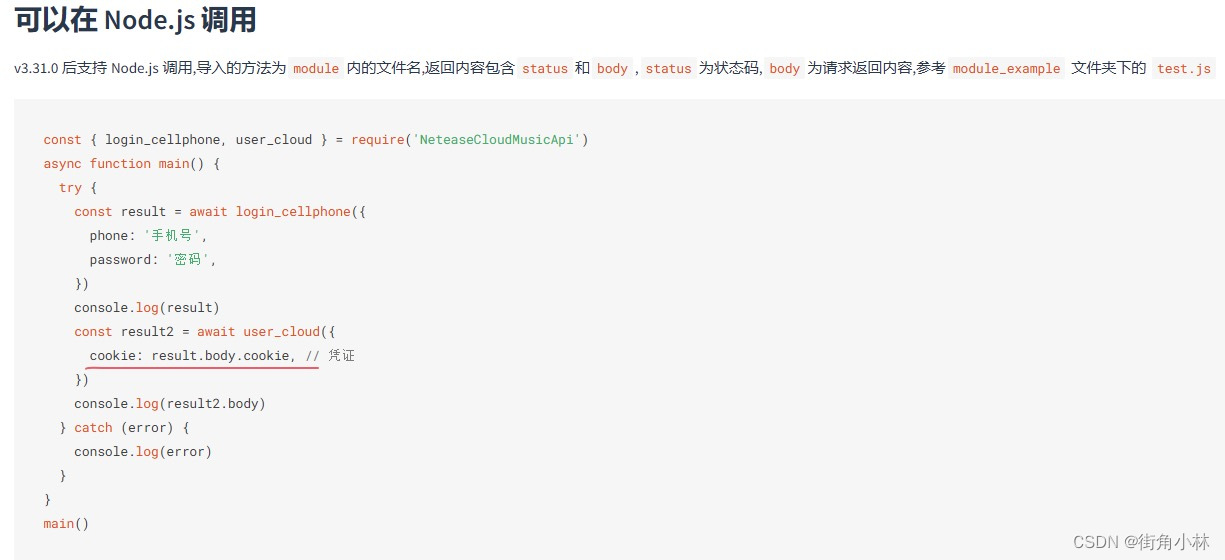
After the request is successful , If the returned data exists cookie, Then some processing will be carried out , First of all, if it is https Request , Then it will be set SameSite=None; Secure,SameSite yes Cookie A property in , To limit third parties Cookie, So as to reduce the safety risk .Chrome 51 Start adding this attribute , To prevent CSRF Attacks and user tracking , There are three optional values :strict/lax/none, The default is lax, For example, when the domain name is https://123.com In the page of https://456.com Interface of domain name , By default, in addition to navigating to 123 Of get Except for requests , Other requests will not be carried 123 Domain name cookie, If set to strict More strictly , Not at all cookie, So this project is to facilitate cross domain calls , Set to none, No restrictions , Set to none At the same time, you need to set Secure attribute .
Finally through Set-Cookie The response header will cookie Write to the browser on the front end .
Send a request
Next, let's take a look at the... Used to send the request request Method , This method is /util/request.js file , First, some modules are introduced :
const encrypt = require('./crypto')
const axios = require('axios')
const PacProxyAgent = require('pac-proxy-agent')
const http = require('http')
const https = require('https')
const tunnel = require('tunnel')
const {
URLSearchParams, URL } = require('url')
const config = require('../util/config.json')
// ...
Then is the specific method of sending the request createRequest, It's a long way to go , Let's take a slow look at :
const createRequest = (method, url, data = {
}, options) => {
return new Promise((resolve, reject) => {
let headers = {
'User-Agent': chooseUserAgent(options.ua) }
// ...
})
}
The function returns one Promise, First, define a request header object , And add the User-Agent head , This header will save the browser type 、 Version number 、 Rendering engine , And the operating system 、 edition 、CPU Type information , The standard format is :
Browser logo ( Operating system identification ; Encryption level identification ; Browser language ) Rendering engine logo Version information
Needless to say , This header is obviously forged to cheat the server , Let it think that the request is from the browser , Instead of also coming from the server .
By default, there are several dead User-Agent The head is selected randomly :
const chooseUserAgent = (ua = false) => {
const userAgentList = {
mobile: [
'Mozilla/5.0 (iPhone; CPU iPhone OS 13_5_1 like Mac OS X) AppleWebKit/605.1.15 (KHTML, like Gecko) Version/13.1.1 Mobile/15E148 Safari/604.1',
'Mozilla/5.0 (Linux; Android 9; PCT-AL10) AppleWebKit/537.36 (KHTML, like Gecko) Chrome/70.0.3538.64 HuaweiBrowser/10.0.3.311 Mobile Safari/537.36',
// ...
],
pc: [
'Mozilla/5.0 (Macintosh; Intel Mac OS X 10.15; rv:80.0) Gecko/20100101 Firefox/80.0',
'Mozilla/5.0 (Windows NT 10.0; Win64; x64; rv:80.0) Gecko/20100101 Firefox/80.0',
// ...
],
}
let realUserAgentList =
userAgentList[ua] || userAgentList.mobile.concat(userAgentList.pc)
return ['mobile', 'pc', false].indexOf(ua) > -1
? realUserAgentList[Math.floor(Math.random() * realUserAgentList.length)]
: ua
}
Continue to look at :
const createRequest = (method, url, data = {
}, options) => {
return new Promise((resolve, reject) => {
// ...
// If it is post request , Modify encoding format
if (method.toUpperCase() === 'POST')
headers['Content-Type'] = 'application/x-www-form-urlencoded'
// forge Referer head
if (url.includes('music.163.com'))
headers['Referer'] = 'https://music.163.com'
// Set up ip Head
let ip = options.realIP || options.ip || ''
if (ip) {
headers['X-Real-IP'] = ip
headers['X-Forwarded-For'] = ip
}
// ...
})
}
Continue to set several header fields ,Axios The default encoding format is json, and POST Requests generally use application/x-www-form-urlencoded Coding format .
Referer The header represents the page where the request is sent url, For example https://123.com Intra page call https://456.com Interface ,Referer The header will be set to https://123.com, This head is usually used for anti-theft chains . So this header is also forged to deceive the server that the request comes from their own page .
Next, we set two ip Head ,realIP The front-end manual transmission is required :

continue :
const createRequest = (method, url, data = {
}, options) => {
return new Promise((resolve, reject) => {
// ...
// Set up cookie
if (typeof options.cookie === 'object') {
if (!options.cookie.MUSIC_U) {
// tourists
if (!options.cookie.MUSIC_A) {
options.cookie.MUSIC_A = config.anonymous_token
}
}
headers['Cookie'] = Object.keys(options.cookie)
.map(
(key) =>
encodeURIComponent(key) +
'=' +
encodeURIComponent(options.cookie[key]),
)
.join('; ')
} else if (options.cookie) {
headers['Cookie'] = options.cookie
}
// ...
})
}
Next set up cookie, There are two types , One is object type , This situation cookie It usually comes from query parameters or request body , The other is string , This is what you ask the head to bring in under normal circumstances .MUSIC_U It should be after login cookie 了 ,MUSIC_A It should be a token, Calling some interfaces without login may report an error , So there will be a tourist token:

continue :
const createRequest = (method, url, data = {
}, options) => {
return new Promise((resolve, reject) => {
// ...
if (options.crypto === 'weapi') {
let csrfToken = (headers['Cookie'] || '').match(/_csrf=([^(;|$)]+)/)
data.csrf_token = csrfToken ? csrfToken[1] : ''
data = encrypt.weapi(data)
url = url.replace(/\w*api/, 'weapi')
} else if (options.crypto === 'linuxapi') {
data = encrypt.linuxapi({
method: method,
url: url.replace(/\w*api/, 'api'),
params: data,
})
headers['User-Agent'] =
'Mozilla/5.0 (X11; Linux x86_64) AppleWebKit/537.36 (KHTML, like Gecko) Chrome/60.0.3112.90 Safari/537.36'
url = 'https://music.163.com/api/linux/forward'
} else if (options.crypto === 'eapi') {
const cookie = options.cookie || {
}
const csrfToken = cookie['__csrf'] || ''
const header = {
osver: cookie.osver, // System version
deviceId: cookie.deviceId, //encrypt.base64.encode(imei + '\t02:00:00:00:00:00\t5106025eb79a5247\t70ffbaac7')
appver: cookie.appver || '8.7.01', // app edition
versioncode: cookie.versioncode || '140', // Version number
mobilename: cookie.mobilename, // equipment model
buildver: cookie.buildver || Date.now().toString().substr(0, 10),
resolution: cookie.resolution || '1920x1080', // Device resolution
__csrf: csrfToken,
os: cookie.os || 'android',
channel: cookie.channel,
requestId: `${
Date.now()}_${
Math.floor(Math.random() * 1000) .toString() .padStart(4, '0')}`,
}
if (cookie.MUSIC_U) header['MUSIC_U'] = cookie.MUSIC_U
if (cookie.MUSIC_A) header['MUSIC_A'] = cookie.MUSIC_A
headers['Cookie'] = Object.keys(header)
.map(
(key) =>
encodeURIComponent(key) + '=' + encodeURIComponent(header[key]),
)
.join('; ')
data.header = header
data = encrypt.eapi(options.url, data)
url = url.replace(/\w*api/, 'eapi')
}
// ...
})
}
This code will be difficult to understand , The author did not understand , Anyway, roughly speaking, this project uses four types of Netease cloud music interfaces :weapi、linuxapi、eapi、api, such as :
https://music.163.com/weapi/vipmall/albumproduct/detail
https://music.163.com/eapi/activate/initProfile
https://music.163.com/api/album/detail/dynamic
Request parameters for each type of interface 、 Encryption methods are different , So it needs to be handled separately :
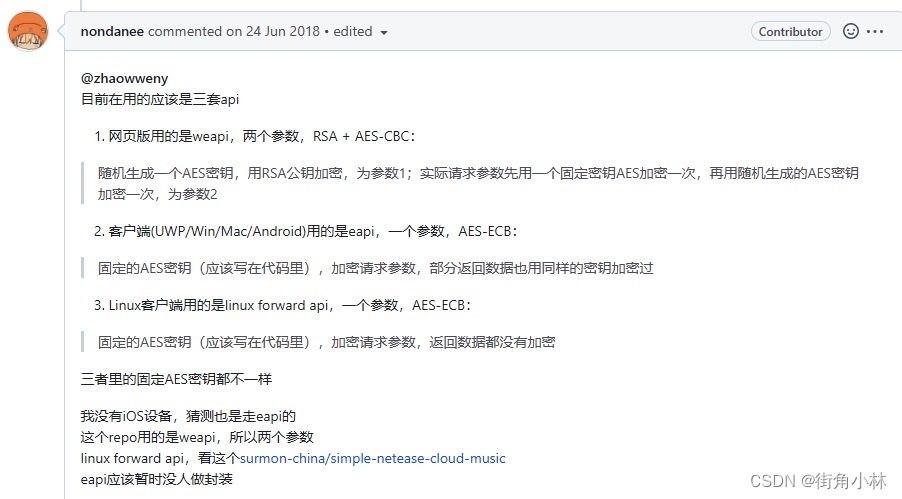
such as weapi:
let csrfToken = (headers['Cookie'] || '').match(/_csrf=([^(;|$)]+)/)
data.csrf_token = csrfToken ? csrfToken[1] : ''
data = encrypt.weapi(data)
url = url.replace(/\w*api/, 'weapi')
take cookie Medium _csrf The value is taken out and added to the request data , Then encrypt the data :
const weapi = (object) => {
const text = JSON.stringify(object)
const secretKey = crypto
.randomBytes(16)
.map((n) => base62.charAt(n % 62).charCodeAt())
return {
params: aesEncrypt(
Buffer.from(
aesEncrypt(Buffer.from(text), 'cbc', presetKey, iv).toString('base64'),
),
'cbc',
secretKey,
iv,
).toString('base64'),
encSecKey: rsaEncrypt(secretKey.reverse(), publicKey).toString('hex'),
}
}
See other encryption algorithms :crypto.js.
As for how to know these , Or Netease cloud music insiders ( Almost impossible ), Or reverse it , For example, the interface of the web version , Open console , Send a request , Find the location in the source code , Breaking point , View the request data structure , Read the compressed or confused source code and try it slowly , All in all , Pay tribute to these big guys .
continue :
const createRequest = (method, url, data = {
}, options) => {
return new Promise((resolve, reject) => {
// ...
// Data structure of response
const answer = {
status: 500, body: {
}, cookie: [] }
// Request configuration
let settings = {
method: method,
url: url,
headers: headers,
data: new URLSearchParams(data).toString(),
httpAgent: new http.Agent({
keepAlive: true }),
httpsAgent: new https.Agent({
keepAlive: true }),
}
if (options.crypto === 'eapi') settings.encoding = null
// Configure agent
if (options.proxy) {
if (options.proxy.indexOf('pac') > -1) {
settings.httpAgent = new PacProxyAgent(options.proxy)
settings.httpsAgent = new PacProxyAgent(options.proxy)
} else {
const purl = new URL(options.proxy)
if (purl.hostname) {
const agent = tunnel.httpsOverHttp({
proxy: {
host: purl.hostname,
port: purl.port || 80,
},
})
settings.httpsAgent = agent
settings.httpAgent = agent
settings.proxy = false
} else {
console.error(' Invalid proxy configuration , Don't use agents ')
}
}
} else {
settings.proxy = false
}
if (options.crypto === 'eapi') {
settings = {
...settings,
responseType: 'arraybuffer',
}
}
// ...
})
}
Here we mainly define the data structure of the response 、 Defines the requested configuration data , And aiming at eapi Did some special treatment , The most important thing is the related configuration of the agent .
Agent yes Node.js Of HTTP A class in the module , Responsible for managing the http Persistence and reuse of client connections . It maintains a queue of pending requests for a given host and port , Reuse a single socket connection for each request , Until the queue is empty , The socket is either destroyed , Or put it in the pool , In the pool, it will be used again to request to the same host and port , In short, it saves every launch http The time required to recreate the socket when requesting , Increase of efficiency .
pac Refers to agent automatic configuration , In fact, it contains a javascript Function text file , This function will decide whether to connect directly or through a proxy , It's a little easier than writing an agent directly , Of course, you need to configure options.proxy Is the remote address of this file , The format is :'pac+【pac File address 】+'.pac-proxy-agent The module will provide a http.Agent Realization , It will be based on the specified PAC The proxy file determines which HTTP、HTTPS or SOCKS agent , Or direct connection .
As for why to use tunnel modular , The author searched it and still didn't understand , It may be to solve http The interface of the protocol requests Netease cloud music https The problem of protocol interface failure ? Friends who know can explain in the comment area ~
Last :
const createRequest = (method, url, data = {
}, options) => {
return new Promise((resolve, reject) => {
// ...
axios(settings)
.then((res) => {
const body = res.data
// Will respond to set-cookie In the header cookie Take out , Save directly to the response object
answer.cookie = (res.headers['set-cookie'] || []).map((x) =>
x.replace(/\s*Domain=[^(;|$)]+;*/, ''),// Remove domain name restrictions
)
try {
// eapi The returned data is also encrypted , Need to decrypt
if (options.crypto === 'eapi') {
answer.body = JSON.parse(encrypt.decrypt(body).toString())
} else {
answer.body = body
}
answer.status = answer.body.code || res.status
// Unify these status codes as 200, Both represent success
if (
[201, 302, 400, 502, 800, 801, 802, 803].indexOf(answer.body.code) > -1
) {
// Special status code
answer.status = 200
}
} catch (e) {
try {
answer.body = JSON.parse(body.toString())
} catch (err) {
answer.body = body
}
answer.status = res.status
}
answer.status =
100 < answer.status && answer.status < 600 ? answer.status : 400
// Status code 200 On behalf of success , Everything else represents failure
if (answer.status === 200) resolve(answer)
else reject(answer)
})
.catch((err) => {
answer.status = 502
answer.body = {
code: 502, msg: err }
reject(answer)
})
})
}
Commands are less used now Axios Sent the request , Handled the response cookie, Save to the response object , Convenient for subsequent use , In addition, some status codes are processed , You can see try-catch Use more , As for why , It's estimated that we should try more to know what went wrong , If you are interested, you can try it yourself .
summary
This article through the source point of view to understand NeteaseCloudMusicApi Implementation principle of the project , You can see that the whole process is relatively simple . It's nothing more than a request broker , The difficulty lies in finding these interfaces , And reverse analyze the parameters of each interface , Encryption method , Decryption method . Finally, let me remind you , This project is only for learning , Please do not engage in commercial activities or conduct acts of copyright destruction ~
边栏推荐
- leetcode841. Keys and rooms (medium)
- 【Hot100】739. 每日温度
- [daily question] 729 My schedule I
- NFT on fingertips | evaluate ambire on G2, and have the opportunity to obtain limited edition collections
- 基于PyTorch和Fast RCNN快速实现目标识别
- 《从0到1:CTFer成长之路》书籍配套题目(周更)
- OpenGL ES 学习初识(1)
- What is the difference between int (1) and int (10)? Senior developers can't tell!
- What is the biggest problem that fresh e-commerce is difficult to do now
- Map of mL: Based on the adult census income two classification prediction data set (whether the predicted annual income exceeds 50K), use the map value to realize the interpretable case of xgboost mod
猜你喜欢
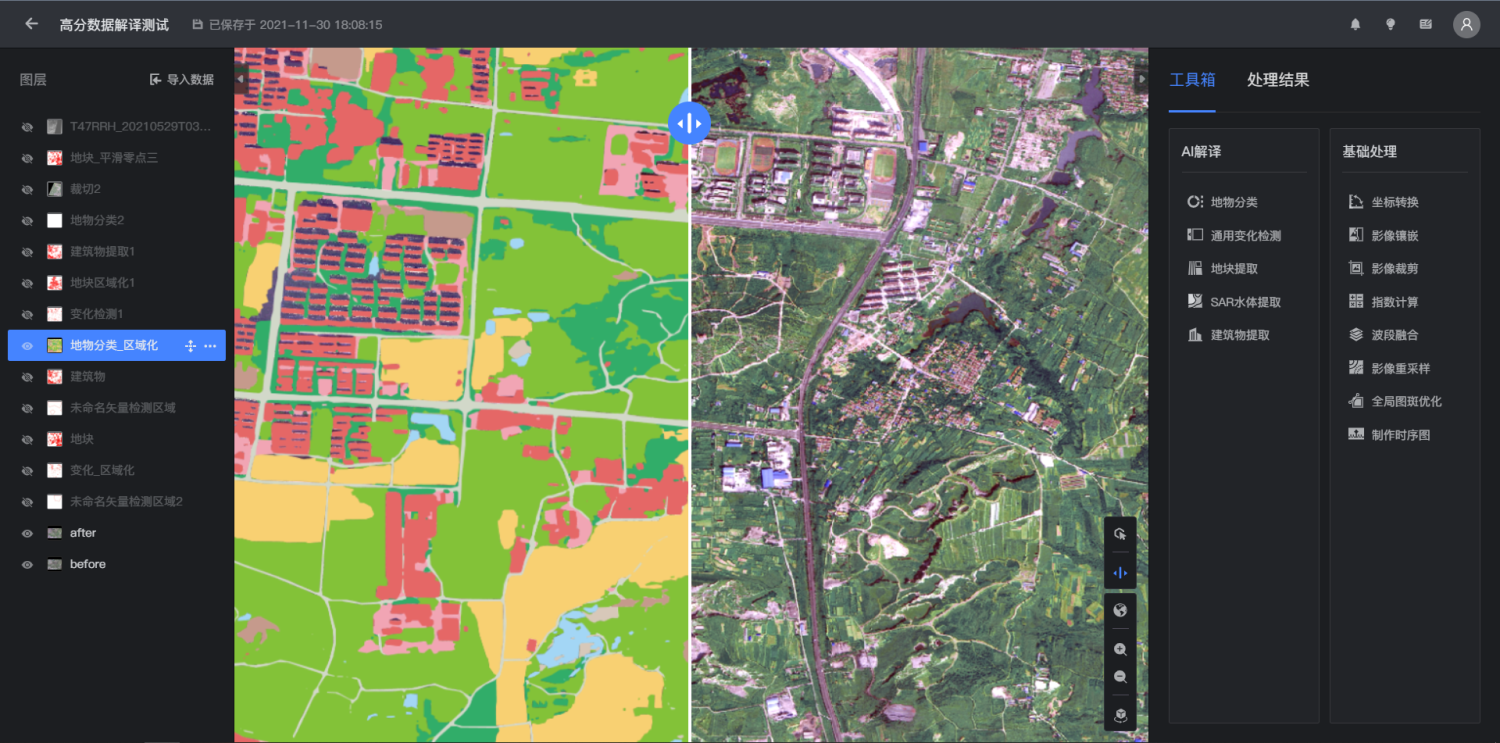
L'Ia dans les nuages rend la recherche géoscientifique plus facile
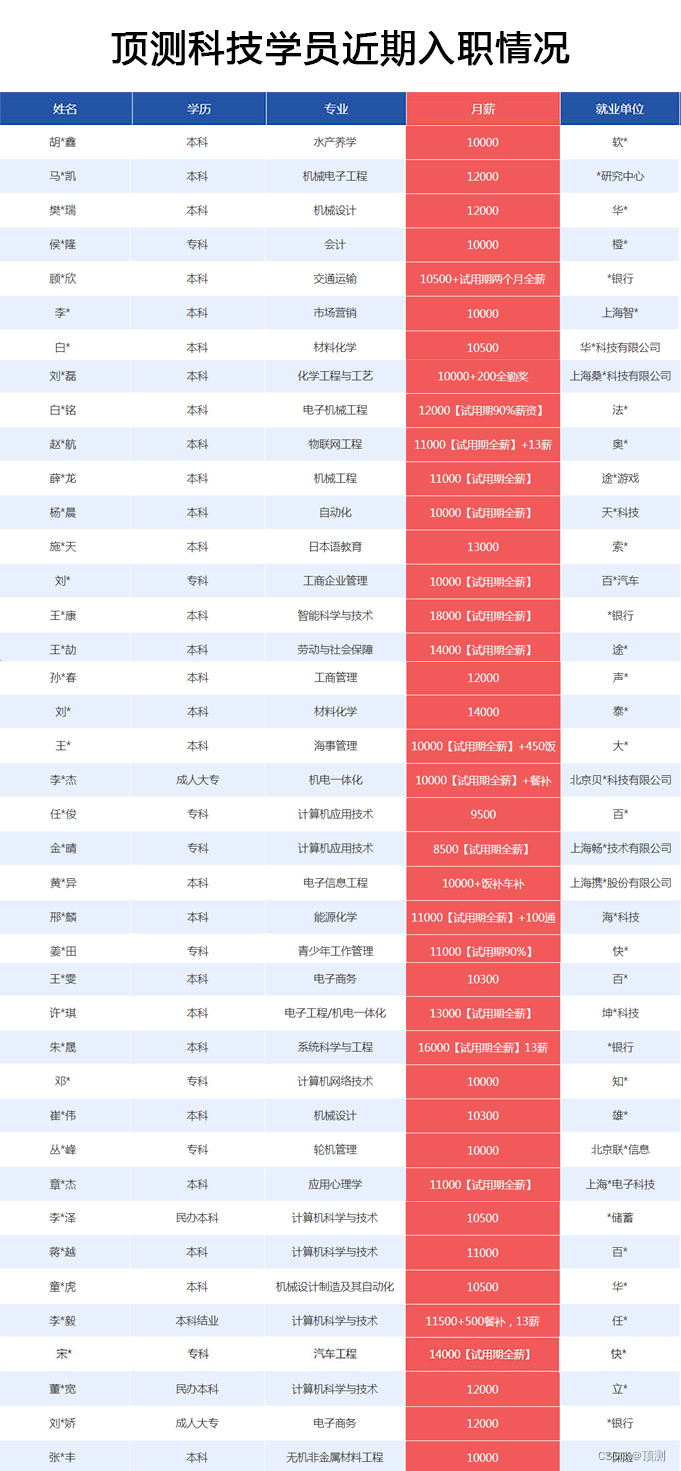
Top test sharing: if you want to change careers, you must consider these issues clearly!
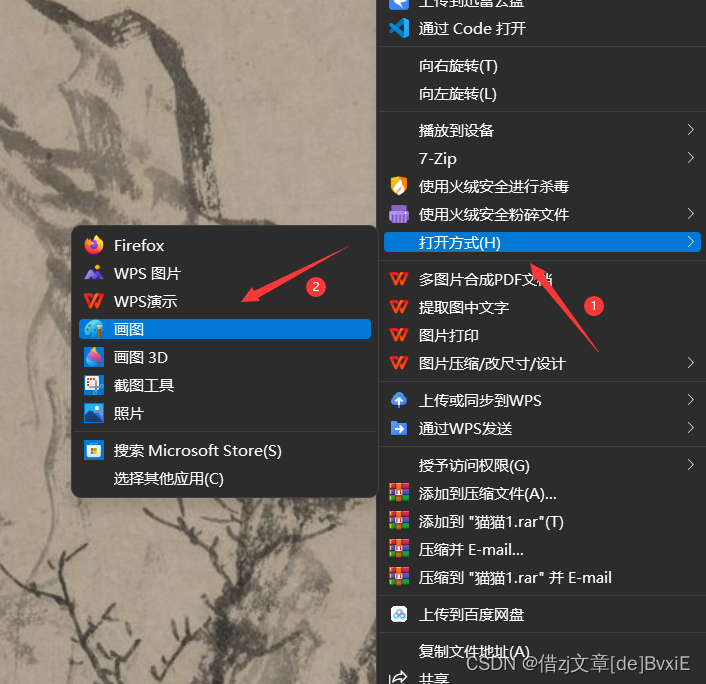
攻防世界 MISC中reverseMe简述

How to find a medical software testing institution? First flight software evaluation is an expert

leetcode35. 搜索插入位置(简单,找插入位置,不同写法)
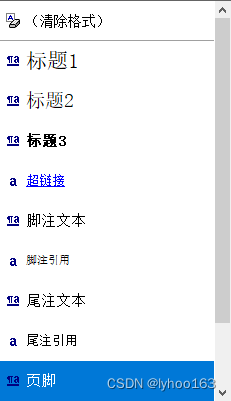
Setting and using richview trvstyle template style
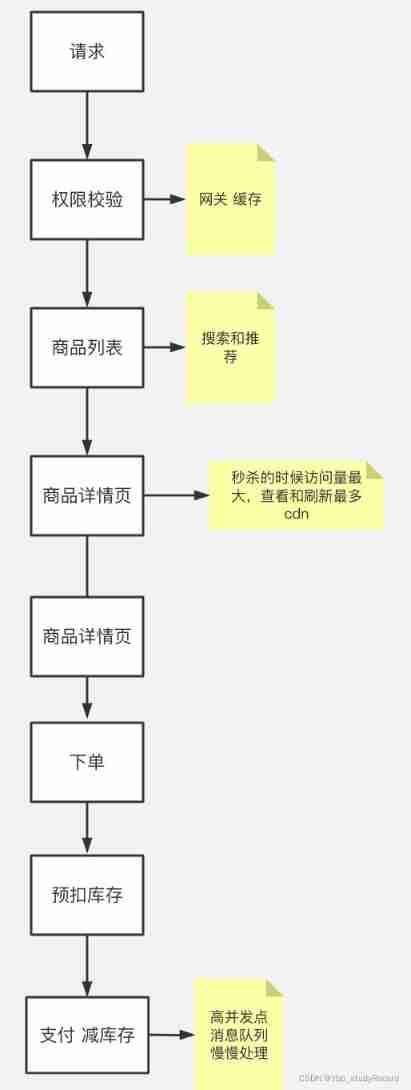
3. Business and load balancing of high architecture
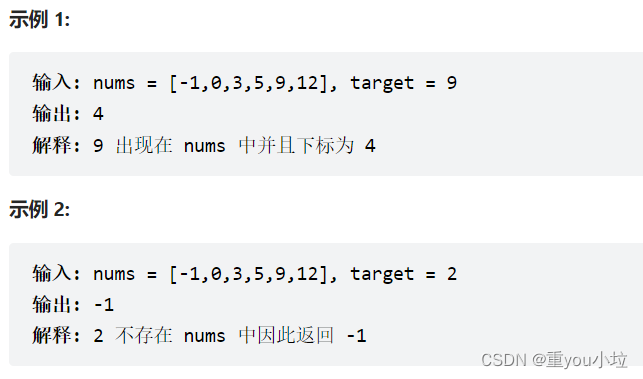
leetcode704. 二分查找(查找某个元素,简单,不同写法)

UWA pipeline version 2.2.1 update instructions
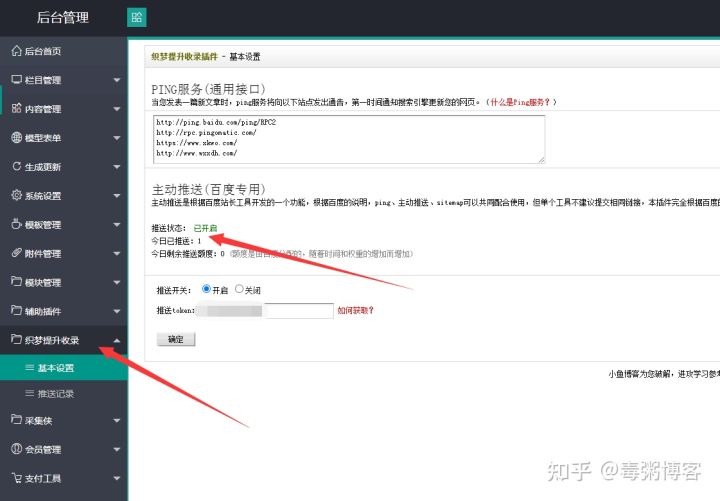
首发织梦百度推送插件全自动收录优化seo收录模块
随机推荐
AI on the cloud makes earth science research easier
顶测分享:想转行,这些问题一定要考虑清楚!
26岁从财务转行软件测试,4年沉淀我已经是25k的测开工程师...
After working for 10 years, I changed to a programmer. Now I'm 35 + years old and I'm not anxious
Visitor tweets about how you can layout the metauniverse
作者已死?AI正用艺术征服人类
ROS learning_ Basics
Practical guidance for interface automation testing (Part I): what preparations should be made for interface automation
Latex文字加颜色的三种办法
配置树莓派接入网络
TS Basics
[advanced software testing step 1] basic knowledge of automated testing
“无聊猿” BAYC 的内忧与外患
【每日一题】729. 我的日程安排表 I
Simple use of JWT
Introduction to ros2 installation and basic knowledge
医疗软件检测机构怎么找,一航软件测评是专家
数据仓库建设思维导图
[daily question] 729 My schedule I
Cookie技术&Session技术&ServletContext对象